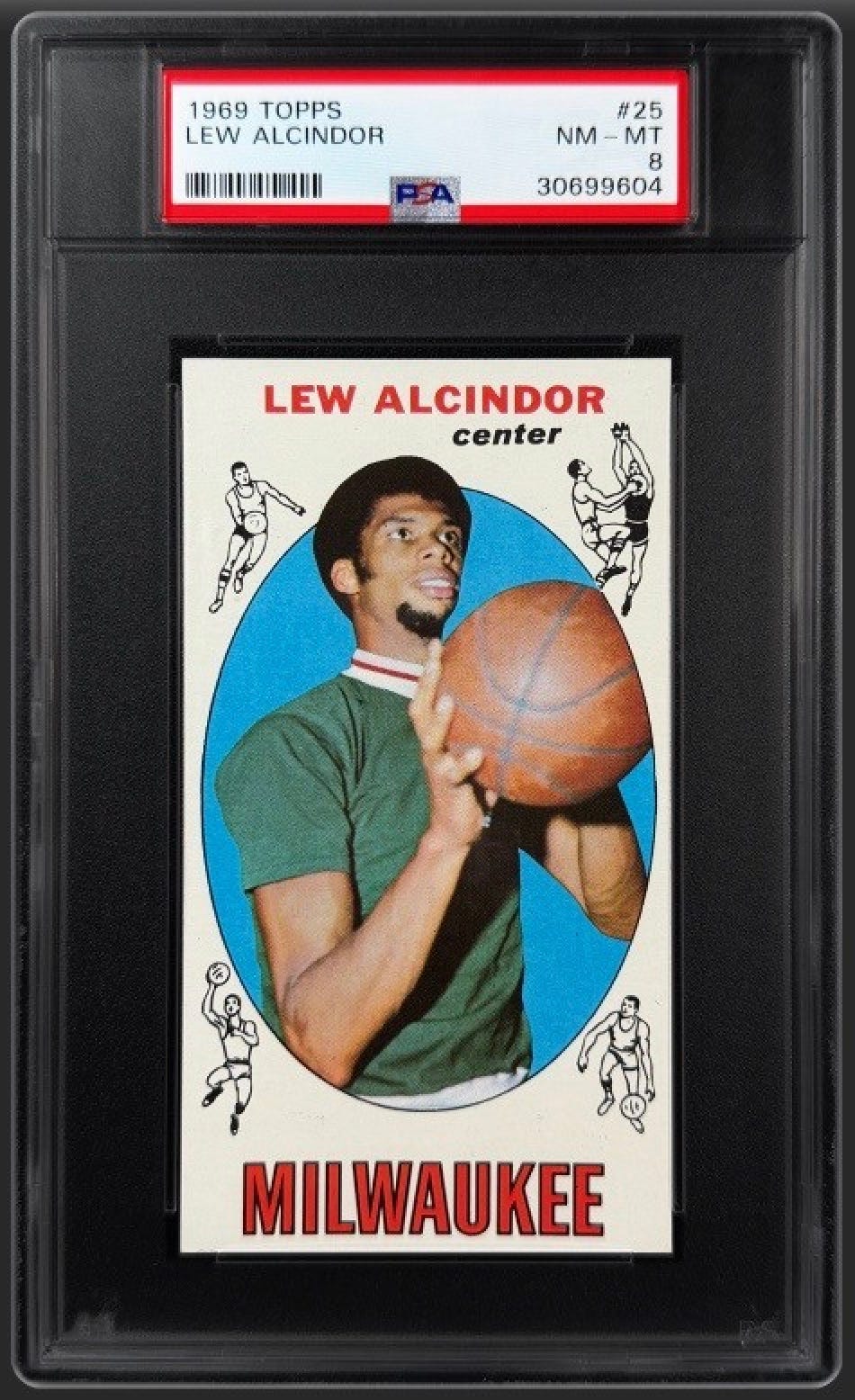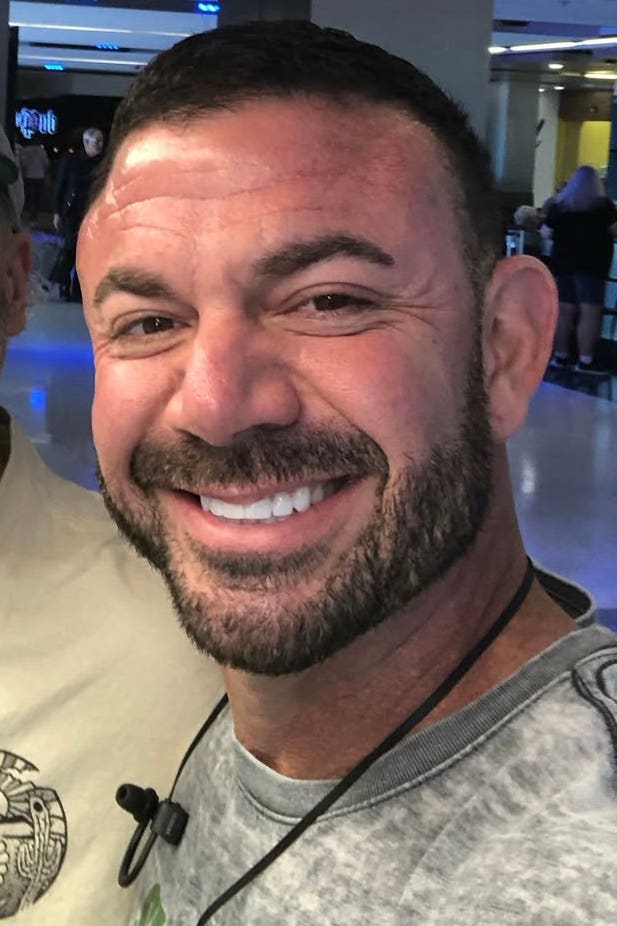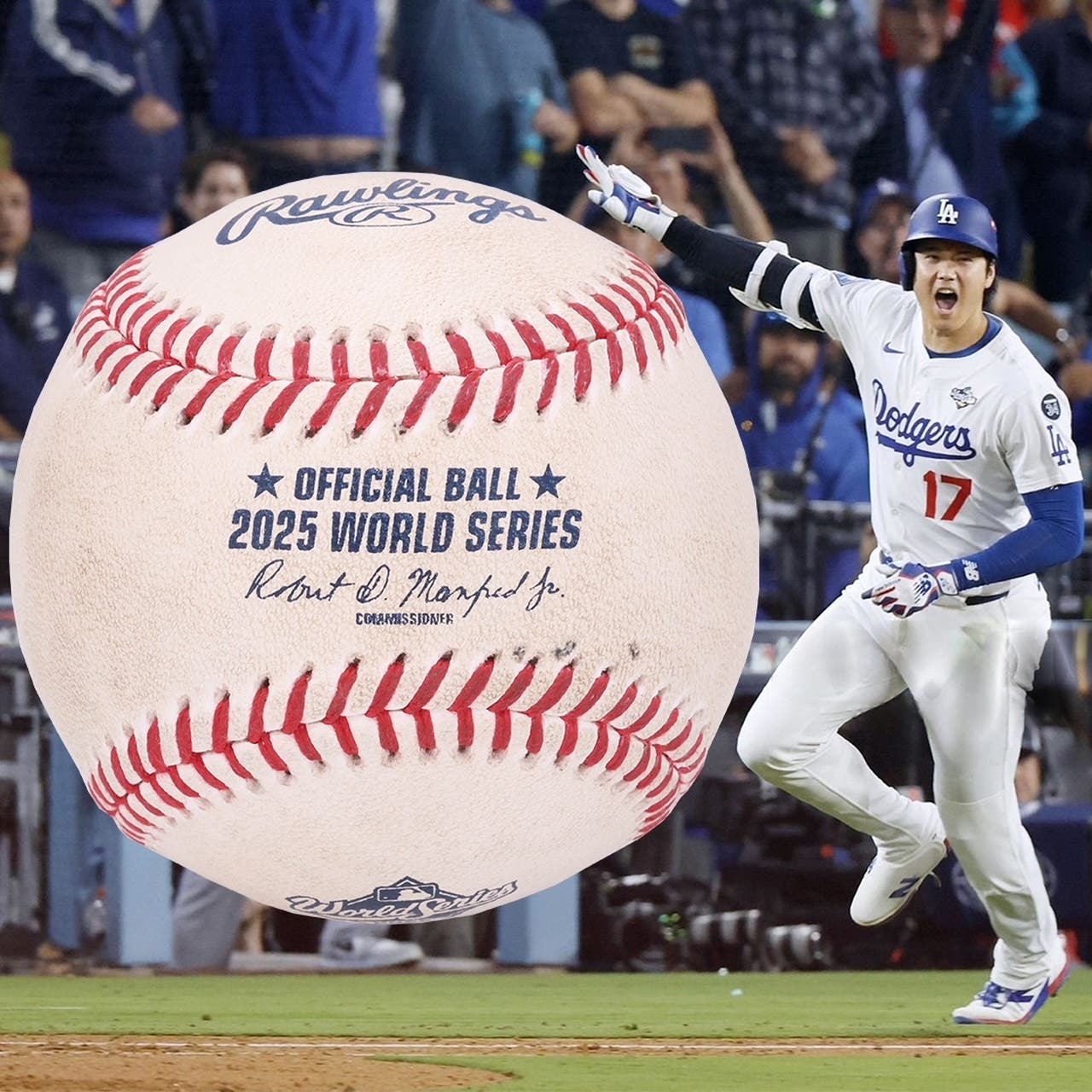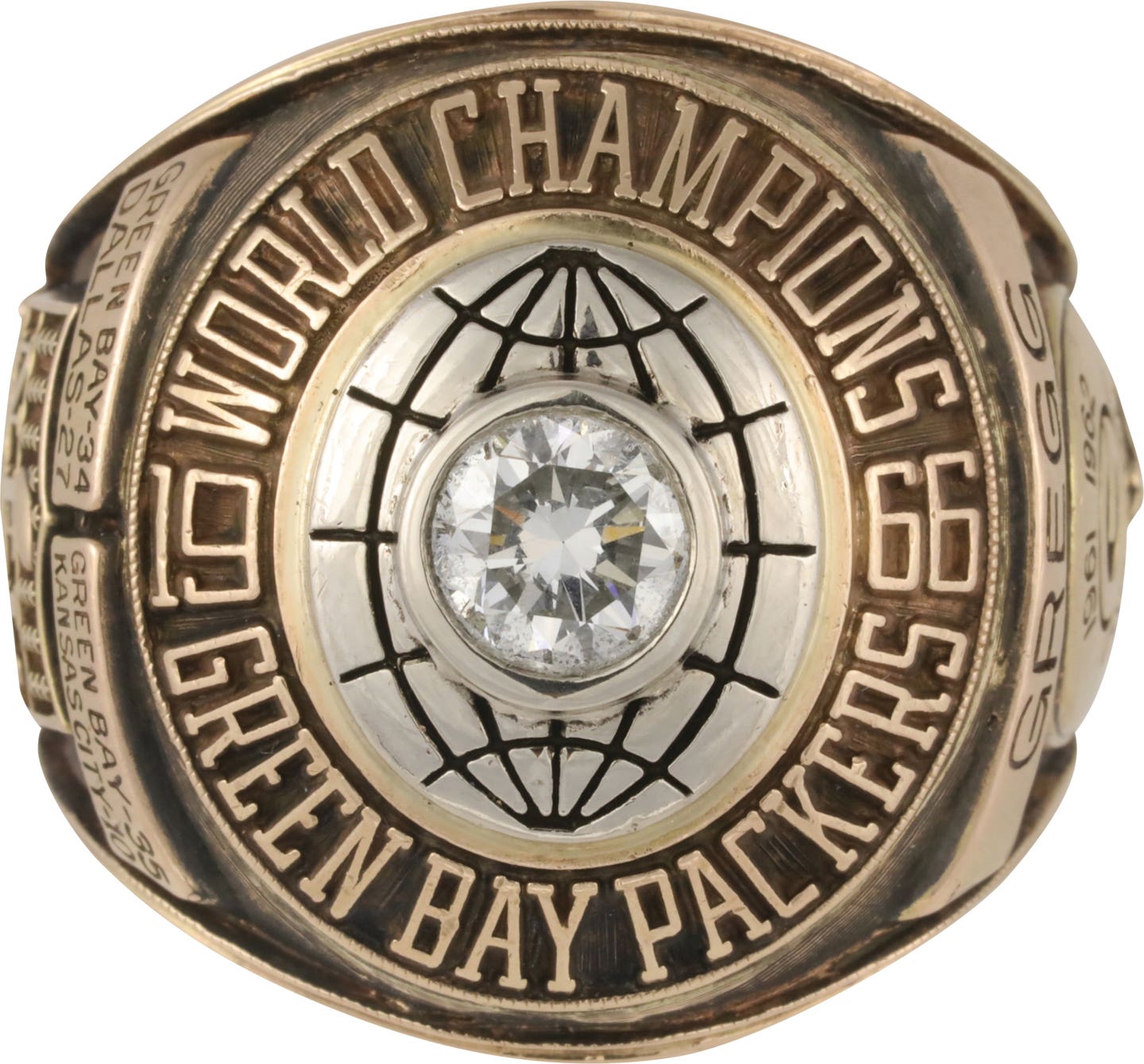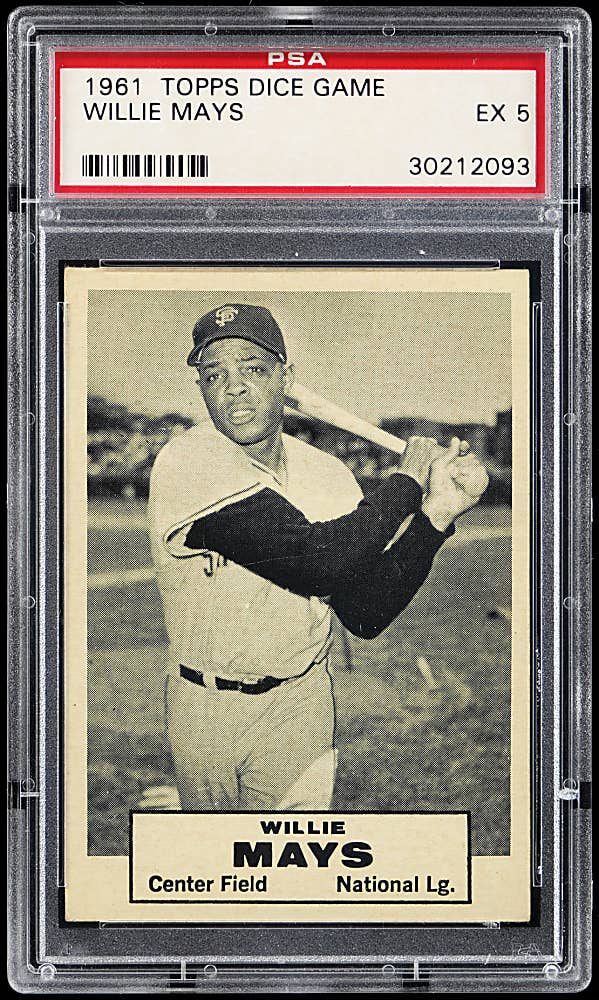Collecting 101
1963 Fleer was a fabulous confection
You might think that any set that has a checklist as its most valuable card might not have much to offer. But that is certainly not the case with the 1963 Fleer Baseball set - a small, yet historically significant set that is filled with stars but, regrettably, is still too often overlooked by today's collectors.
The set is important because it represented one of the few attempts to challenge Topps' stranglehold on the baseball card industry in the 1960s.
The Philadelphia-based Fleer Co. had been issuing baseball cards in the years prior to 1963. The company had its 80-card Ted Williams set in 1959 and its "Baseball Greats" sets (which pictured Hall of Famers and other former stars) in 1960 and 1961, but the 1963 issue was Fleer's first set devoted to current major leaguers. As such, it was a direct challenge to Topps' monopoly on the use of current players on "bubble gum cards."
Fleer tried a clever ruse to escape the Topps legal stranglehold. Instead of issuing its set with bubble gum, Fleer packaged its 1963 cards with a cookie.
"They were like a sugar cookie," recalls long-time collector and dealer Larry Fritsch, "round, about the size of a half-dollar, maybe a little bigger. The cookies were terrible," he said. "I gave them to my dog, and he didn't like them, either."
Although the cookies didn't win many accolades, the cards themselves were very nice - full color, great photos and loaded with stars.
The 1963 Fleer set was small in number - just 66 cards, plus the elusive checklist. The card fronts featured a pleasant design, wonderful player photos surrounded by a white border, and a line drawing of a baseball player in action in the lower-left corner. The backs, presented in a vertical format, included the usual player information and stats from the 1962 season and career.
For its small size, the set has a tremendous number of stars. In fact, speaking generously, you could say that nearly 20 percent of the set consists of stars or minor stars. The big names include Willie Mays, Roberto Clemente, Carl Yastrzemski, Sandy Koufax, Don Drysdale, Warren Spahn, Brooks Robinson, Bob Gibson and a handful of others.
Yet, the most valuable card in the set, by far, is the unnumbered checklist - one of two cards that were short prints. The other short-printed card in the set pictures Joe Adcock, identified on the card as a Cleveland Indian but pictured in his more familiar Milwaukee Braves uniform. (Adcock was traded from Milwaukee to Cleveland before the start of the 1963 season.)
According to Fritsch, the explanation for the two short-prints, involves the way the cards were printed. Fleer printed the sets on 132-card sheets, meaning each sheet could contain two complete 66-card sets. But that configuration didn't leave room for a checklist card. So, to accommodate for that, Fleer had to replace one of the player cards on half the sheet with a checklist card. For whatever reason, Adcock, the No. 46 card, was selected. The result was that each sheet contained one checklist card, one Adcock card, and two cards of everybody else.
"Consequently, they're both very difficult," said Fritsch, "especially the checklist card, because in those days, of course, a lot of kids just threw the checklist cards away."
Fritsch, who remembers buying packs of the cards back in 1963, said he recalls finding both the Adcock and the checklist cards in packs, but they were scarce.
"I also recall that the distribution of that set wasn't very good, either," Fritsch says. "I was going to college at the time and working for the railroad in the summer, so I was all over the place looking for cards, and I don't remember seeing them in a lot of places."
An interesting thing about the rare checklist card is that it reads "1st Series Fleer Baseball," clearly implying that more series were to follow. But, of course, they never did, a situation that has led, over the years, to all kinds of speculation within the hobby.
How many series did Fleer originally intend to print? Which players would be included? Do any proof sheets of future series exist? And, why did Fleer quit after just one series?
"I think they just felt too much pressure from Topps," Fritsch speculated. "Or maybe, the first series just didn't sell that well. It's hard to say." But Fritsch added that he never saw or heard of any proofs or anything else related to any 1963 Fleer cards beyond the first series. "I don't think anybody in the hobby has ever seen anything like that." he concluded.
Ted Taylor, another long-time collector and former Fleer employee, sheds more light on the situation. Taylor, who worked at Fleer in the early 1990s, said he had some conversations about the '63 set with some of Fleer's "old-timers."
"Fleer planned on at least four series that year," Taylor said, "and had been signing up players to contracts similar to Topps since at least 1960." Taylor said he actually ran across copies of some of the contracts during his years of employment at Fleer.
"The problem Fleer had," Taylor continued, "is that most of the players they signed were marginal players and minor leaguers."
Taylor says that "Topps was able to enjoin Fleer from completing the set because the vast majority of the players in the first series were already under contract to Topps. Fleer, being essentially a mom-and-pop operation at the time, didn't have the deep pockets to take a financial hit from Topps if they lost a lawsuit, so they just folded, sold their contracts to Topps and didn't produce anything beyond that first series."
Taylor added that he saw "a lot of uncut sheets of other products" during his time of employment at Fleer, but he never saw an uncut 1963 sheet, so he is not able to confirm the long-accepted explanation for the short-printed checklist and Adcock cards.
Taylor did come across one amazing find, however, while working for Fleer. He found an unopened box of the 1963 cards in the back of a closet at the Fleer plant.
"The cookies smelled like kerosene when I opened the box in the mid-1990s," he recalled.
Thinking back to his youth, Taylor also recalled collecting the cards in 1963, and confirmed Fritsch's observation about poor distribution.
"Even though I lived in the Philadelphia area at the time," Taylor recalled, "I don't remember the Fleer cards being very available. I suspect it had a short shelf life once the suit was filed by Topps. I don't think Fleer ever got to the stage where a second series was even in rough form, because I was never able to find anything about it when the plant closed, and I spent weeks gathering historic materials for the company archives."
Regarding player selection, almost every player who appears in the 1963 Fleer set was also pictured in the rival Topps' set of that year. In fact, there are only two exceptions.
One was little-known Washington Senators pitcher Tom Cheney, who is card No. 27.
The other Fleer exclusive in the set is more notable: Dodgers shortstop Maury Wills. Although Wills had been playing in the majors since 1959, his 1963 Fleer card marked his first appearance in a major card set. According to hobby lore, because Topps had snubbed Wills when he was a minor leaguer in the early 1950s, he refused to appear on a Topps card when he made it to the big leagues. It was customary at the time for Topps to sign minor league players to contracts, anticipating the day when they might make it to the majors. But Wills, who spent eight agonizing seasons in the minor leagues, apparently never impressed Topps enough for them to even offer him even the standard contract. It was a snub that hobby legend says Wills would not let Topps forget. As a result, Wills did not appear on a Topps card until 1967, when he finally appeared in the scarce high-numbered series as a member of the Pittsburgh Pirates.
The 1963 Fleer card, therefore, is considered to be the Maury Wills rookie card, and is priced accordingly.
For his part, Wills insisted in separate SCD interviews with columnist Rich Marazzi and editor T.S. O'Connell that he had never been mad about the infamous snub. According to Wills, he signed a contract with Fleer starting in 1960 and renewed it every year until Fleer sent him a letter in 1966 essentially giving him an unconditional release.
As collectors from that era know, however, Wills did appear in other sets prior to the '63 Fleer issue. His very first card appearance, as a minor leaguer, came in the 1957 Seattle Popcorn set, a scarce regional set that is virtually unknown beyond Wills specialists and collectors of vintage Pacific Coast League memorabilia. Wills was a member of the PCL Seattle Rainiers at the time, and, interestingly, his first name on the rare popcorn card appears as "Morrie."
As a major leaguer, Wills appeared in several sets prior to 1963, including the Bell Brand Potato Chips Dodgers sets of the early 1960s and the 1961-63 Post Cereal cards. Still, the 1963 Fleer card is considered Wills' true rookie card.
It's interesting that Wills and Adcock are the keys to the '63 Fleer set, because, as players, they were a study in contrast.
Wills was a slender speedster who made his mark in the game as a premier base stealer. Adcock, on the other hand, was a big, hulking slugger who once smashed four homers in one game.
Serious collectors of Wills cards know that despite the shortstop's delay in signing with Topps, Wills actually made a cameo appearance in an earlier Topps set. Card No. 389 in the 1960 Topps set is part of a special subset of 1959 World Series cards between the Dodgers and the White Sox. The action photo on the card shows Wills in the field, preparing to apply the tag to a base-stealing Luis Aparicio as he slides into second base.
The photo depicting the pair together is very fitting, because Wills, in the National League, and Aparicio, in the American League, together helped to restore the running game to Major League Baseball. Aparicio led the A.L. in stolen bases for nine straight seasons, while Wills led the N.L. in stolen bases six consecutive years, including 1962, when he stole a then-record 104 bases.
The feat helped Wills earn the National League's 1962 Most Valuable Award, which further enhanced his exclusive appearance in the 1963 Fleer set. Fleer took advantage of the situation by replacing the little line drawing in the lower left corner of the Wills card with the words "N.L. Most Valuable Player '62."
Adcock's card in the 1963 Fleer set pictures him in his familiar Braves uniform, but identifies him as a Cleveland Indian. Milwaukee had traded the big slugger to Cleveland in November of 1962, presumably as the '63 Fleer set was being readied for production. Adcock was dealt to California the next year, finished his career with the Angels, and then returned to Cleveland in 1967 to serve as the Indians' manager for one season.
Adcock and Wills are two of the great stories that you find when digging into sets like the 1963 Fleer issue. It's part of what makes the hobby so much fun.
No report on a vintage set is complete without mentioning value. According to the 2006 Standard Catalog of Baseball Cards, a complete 1963 Fleer set (with unmarked checklist) in near-mint condition lists for $1,200. Key player cards (all in mear-mint condition) include Clemente ($110), Mays ($95), Koufax $90, Wills ($55), Yastrzemski ($50), Brooks Robinson ($40), Don Drysdale ($40), Spahn ($35), and Bob Gibson ($35). Other stars, including Orlando Cepeda, Bill Mazeroski, Ron Santo, Ken Boyer, Jim Kaat, Bobby Richardson and a few others are in the $15-$25 range, while commons list for $10 each. That leaves the two short-printed cards, which include Joe Adcock at $70 and the scarce checklist card ($275).
It should be noted, of course, that graded versions of these cards all command substantially higher prices.
A final thought on the 1963 Fleer set comes from Ted Taylor.
"When I was working at Fleer in 1993, I tried, unsuccessfully, to get the company to complete the '63 set - an idea that Topps later adopted with their updates," Taylor says. But no one at Fleer understood what the significance of that set was and how completing it, albeit 30 years later, would have mattered. Of all the things that I accomplished at Fleer, failing to accomplish that still gnaws at me. Maybe Upper Deck will do it now that they own the Fleer name."



